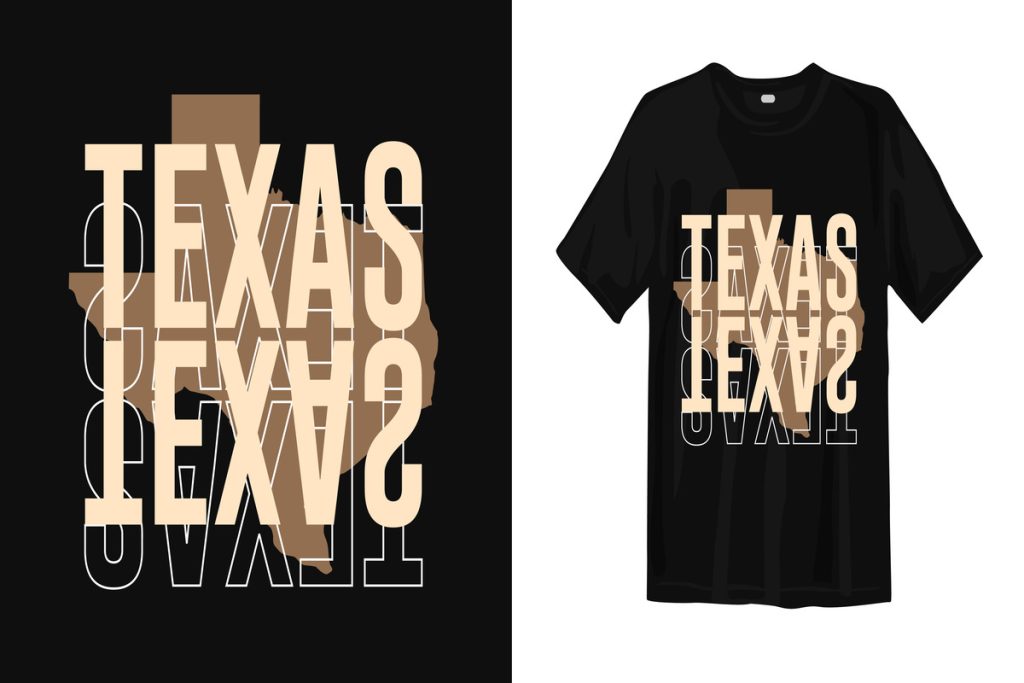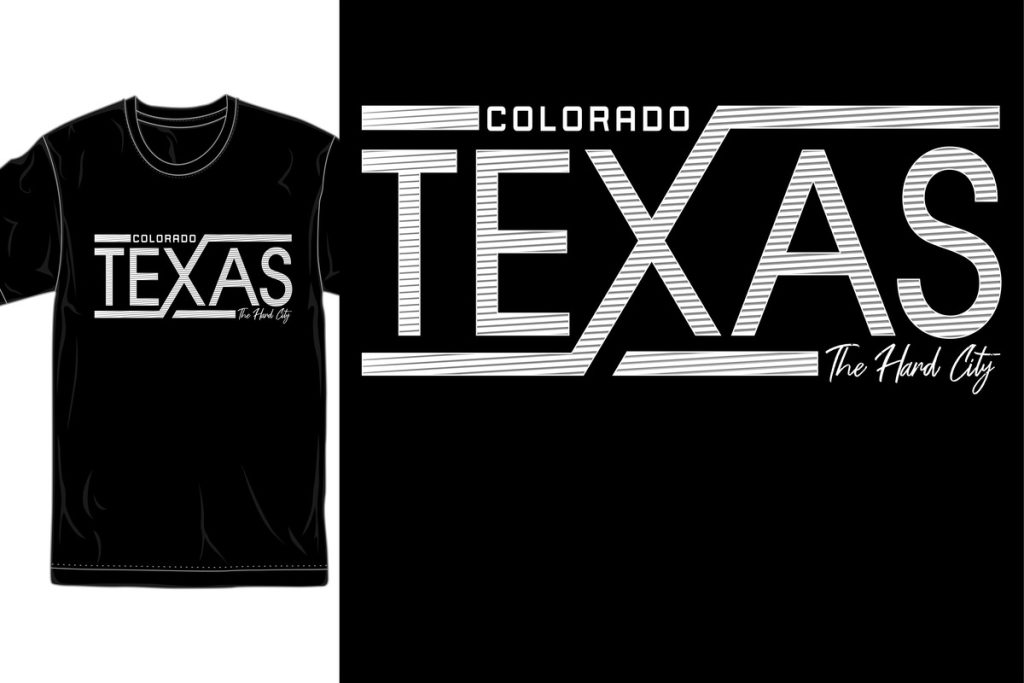UV DTF technology is making waves in the textile industry by offering a revolutionary alternative to traditional printing methods. This cutting-edge approach leverages UV-cured inks applied directly onto film, allowing for custom prints that are not only vibrant but also remarkably durable. As sustainable fashion gains traction among consumers, environmentally friendly printing solutions like UV DTF are becoming increasingly sought after, making it a pivotal choice for manufacturers. Innovations from industry leaders such as Mimaki exemplify the significant advancements in this realm, enabling the production of high-quality customized textiles with minimal ecological impact. With its versatility and superior durability, UV DTF technology is setting a new standard for textile printing, ensuring a brighter future for the industry.
The emergence of direct-to-film printing technology is reshaping the landscape of how textiles are produced and designed. This innovative method, characterized by its use of UV-cured inks, promises enhanced quality and customization options that appeal to today’s eco-conscious consumers. By minimizing the environmental footprint associated with traditional textile printing techniques, this sustainable approach aligns with the growing demand for greener solutions in fashion. Companies like Mimaki are at the forefront of this revolution, introducing advanced printing capabilities that cater to diverse fabric needs. As the art of textile printing evolves, this new wave of technology stands to redefine industry standards and consumer expectations.
The Rise of UV DTF Technology in Textile Printing
UV Direct-to-Film (DTF) technology has emerged as a revolutionary force within the textile printing landscape, offering unprecedented advantages over traditional methods. By utilizing UV-cured inks applied directly onto films, UV DTF allows for a more dynamic and flexible printing process. This innovative approach not only results in visually stunning prints but also enhances the durability and vibrancy of the designs, making them ideal for a variety of textile applications.
As the demand for customized textiles grows, UV DTF technology steps in as the perfect solution for brands seeking to tap into niche markets. No longer limited to conventional printing techniques, manufacturers can now cater to specific consumer preferences by producing high-quality, personalized items. This versatility challenges the status quo, paving the way for smaller businesses to compete effectively against industry giants.
Exploring the Environmental Benefits of UV DTF
One of the most significant advantages of UV DTF technology is its commitment to environmentally friendly printing practices. Unlike traditional textile printing methods, which often involve harmful solvents and chemicals, UV DTF minimizes the release of volatile organic compounds (VOCs) during the printing process. This reduction in harmful emissions not only contributes to a healthier environment but also aligns with the growing consumer demand for sustainable fashion options.
The eco-friendly nature of UV DTF does not compromise on quality, setting a new standard for sustainable textile printing. As brands focus on reducing their carbon footprints and adopting greener business practices, UV DTF technology provides a viable pathway towards achieving these goals. Manufacturers can now produce eye-catching textiles while retaining their commitment to environmental stewardship.
Mimaki’s Innovations in UV DTF Technology
Mimaki has been at the forefront of advancing UV DTF technology, facilitating unprecedented growth and innovation in the textile printing industry. Their recent developments have revolutionized the printing process, enabling the use of only ink and varnish to create high-quality stickers and designs. This innovation not only broadens the scope of application but also enhances the customization possibilities available to brands.
By integrating cutting-edge technology with UV DTF, Mimaki empowers businesses to stand out in a crowded marketplace. With the ability to produce diverse products, brands can leverage this flexibility to create intricate designs that appeal to various consumer tastes. This has played a crucial role in shaping the future of textile printing, encouraging businesses to think beyond standard options and embrace creativity.
The Role of UV DTF in Sustainable Fashion
As the textile industry faces increasing pressures to become more sustainable, UV DTF technology is poised to play a vital role in the evolution of sustainable fashion. By enabling on-demand production, UV DTF allows brands to create limited runs of garments, reducing waste and promoting mindful consumption patterns. This shift towards more sustainable practices mirrors changing consumer attitudes, who are more inclined to support environmentally friendly brands.
Furthermore, UV DTF technology opens the door to creating customized textiles that reflect individual consumer preferences, enhancing the collaborative spirit between brands and their customers. This personalization not only caters to the growing demand for unique clothing items but also aligns with wider movements towards transparency and ethical production in the fashion industry.
Customizing Textiles: The New Frontier with UV DTF
The introduction of UV DTF technology has redefined the concept of customization in textile printing. Brands can now easily produce unique designs tailored to their customers’ specifications, whether they require personalized prints for fashion pieces or functional items like uniforms. This level of customization was often unachievable with traditional printing processes, which lacked the versatility and speed that UV DTF brings to the table.
Moreover, the ability to handle small batch orders without incurring prohibitive costs encourages brands to innovate and experiment with their product offerings. This newfound agility enables manufacturers to stay ahead of trends and swiftly respond to consumer demands for personalized experiences in the textile market.
Future Prospects of UV DTF in Textile Manufacturing
Looking ahead, the future of UV DTF technology in textile manufacturing appears promising. As advancements in printing technology continue to unfold, we can expect improved print quality and enhanced production efficiency. The synergy between UV DTF and automation technologies will likely streamline processes, reducing turnaround times and increasing overall productivity in the textile industry.
In addition, the growing consumer emphasis on sustainability will further elevate the role of UV DTF in shaping the industry’s future. Manufacturers will increasingly be challenged to adopt greener practices, and UV DTF’s eco-friendly capabilities align perfectly with these demands. As a result, brands will not only meet consumer preferences for sustainable products but also contribute positively to the environment.
Frequently Asked Questions
What is UV DTF technology and how does it differ from traditional textile printing methods?
UV Direct-to-Film (DTF) technology is an innovative printing solution that directly applies UV-cured inks onto special films, which can then be transferred onto various textiles. Unlike traditional textile printing methods that often require multiple processes and can involve harmful chemicals, UV DTF provides high-quality, durable prints while significantly reducing environmental impact.
How does UV DTF technology contribute to sustainable fashion?
UV DTF technology supports sustainable fashion by minimizing the release of volatile organic compounds (VOCs) during the printing process, making it more environmentally friendly compared to conventional printing techniques. This responsible approach aligns with the growing consumer demand for eco-conscious products in the fashion industry.
What are the advantages of using UV DTF technology for customized textiles?
Using UV DTF technology for customized textiles offers several advantages, including superior print quality, versatility across various substrates, and the ability to produce small-batch orders without high costs. This technology facilitates on-demand production, allowing brands to quickly adapt to market trends and consumer preferences.
Can UV DTF technology be applied to materials other than textiles?
Yes, UV DTF technology is versatile and can be applied to various substrates beyond textiles, including plastics, metals, and wood. This broad applicability enables manufacturers to expand their offerings and explore different markets while maintaining high print quality.
What recent innovations in UV DTF technology are shaping the future of textile printing?
Recent innovations from leaders like Mimaki have advanced UV DTF technology, allowing for high-quality prints using only ink and varnish. These advancements enhance versatility for creating stickers and customized products across diverse surfaces, thus revolutionizing the textile industry and broadening manufacturers’ capabilities.
How does UV DTF printing enhance the quality and durability of textile products?
UV DTF printing enhances quality and durability by bonding the UV-cured inks firmly to the film, ensuring that the prints withstand various environmental factors and repeated washings. This results in vibrant designs that maintain their integrity over time, making them suitable for fashion apparel and functional workwear.
| Key Aspects | Details |
|---|---|
| Overview of UV DTF Technology | UV Direct-to-Film printing allows for applying UV-cured inks directly onto films that can be transferred onto various fabrics, resulting in high-quality, durable prints. |
| Versatility | Can be used on textiles, plastics, metals, and wood, offering diverse product opportunities for manufacturers. |
| Quality and Durability | Produces prints that are resistant to fading and cracking, suitable for various products like fashion apparel and uniforms. |
| Eco-Friendliness | Uses fewer volatile organic compounds (VOCs) compared to traditional methods, supporting sustainability. |
| Recent Advancements | New technologies from companies like Mimaki are expanding applications, allowing for high-quality customizable products. |
| Impacts on the Textile Industry | Empowers smaller brands, supports on-demand production, and meets consumer preferences for personalized and eco-friendly products. |
| Future Prospects | Expect continued improvements in quality and sustainability as more manufacturers adopt UV DTF technology. |
Summary
UV DTF technology is paving the way for significant advancements in the textile industry by offering superior printing capabilities that address the limitations of traditional methods. Its versatility allows for a wide range of applications across different materials, enhancing product offerings and market reach. The high quality and durability of prints make it an attractive choice for manufacturers, while its eco-friendly attributes align with the growing consumer demand for sustainable practices. As demonstrated by recent innovations, such as those from Mimaki, UV DTF technology is not just a fleeting trend but a transformative force that will shape the future of textile manufacturing, promoting customization and sustainability in a rapidly evolving market.



